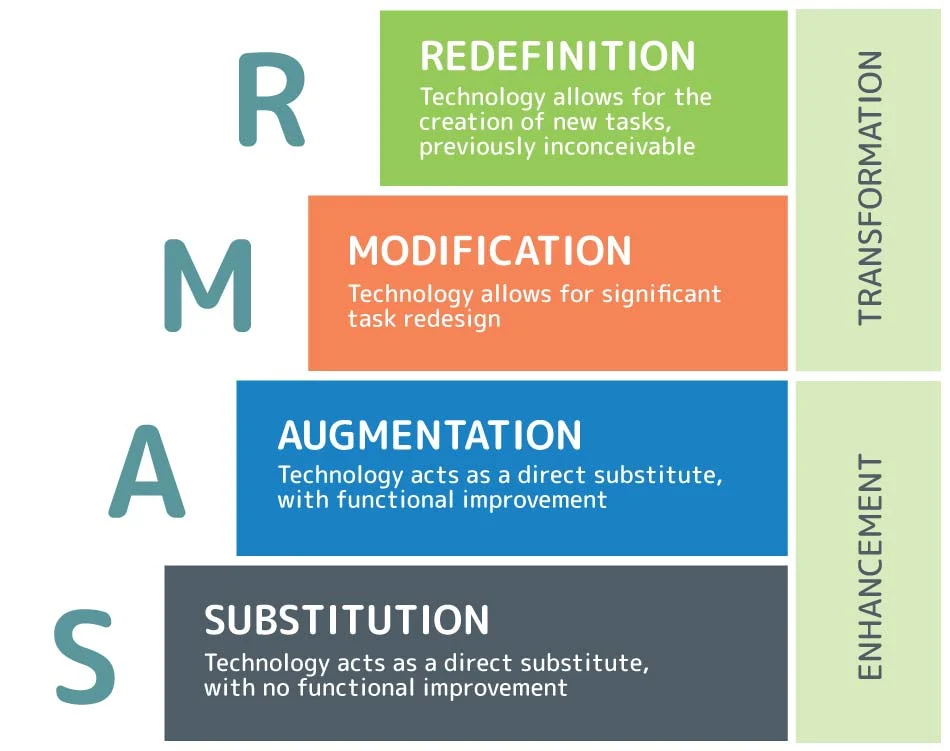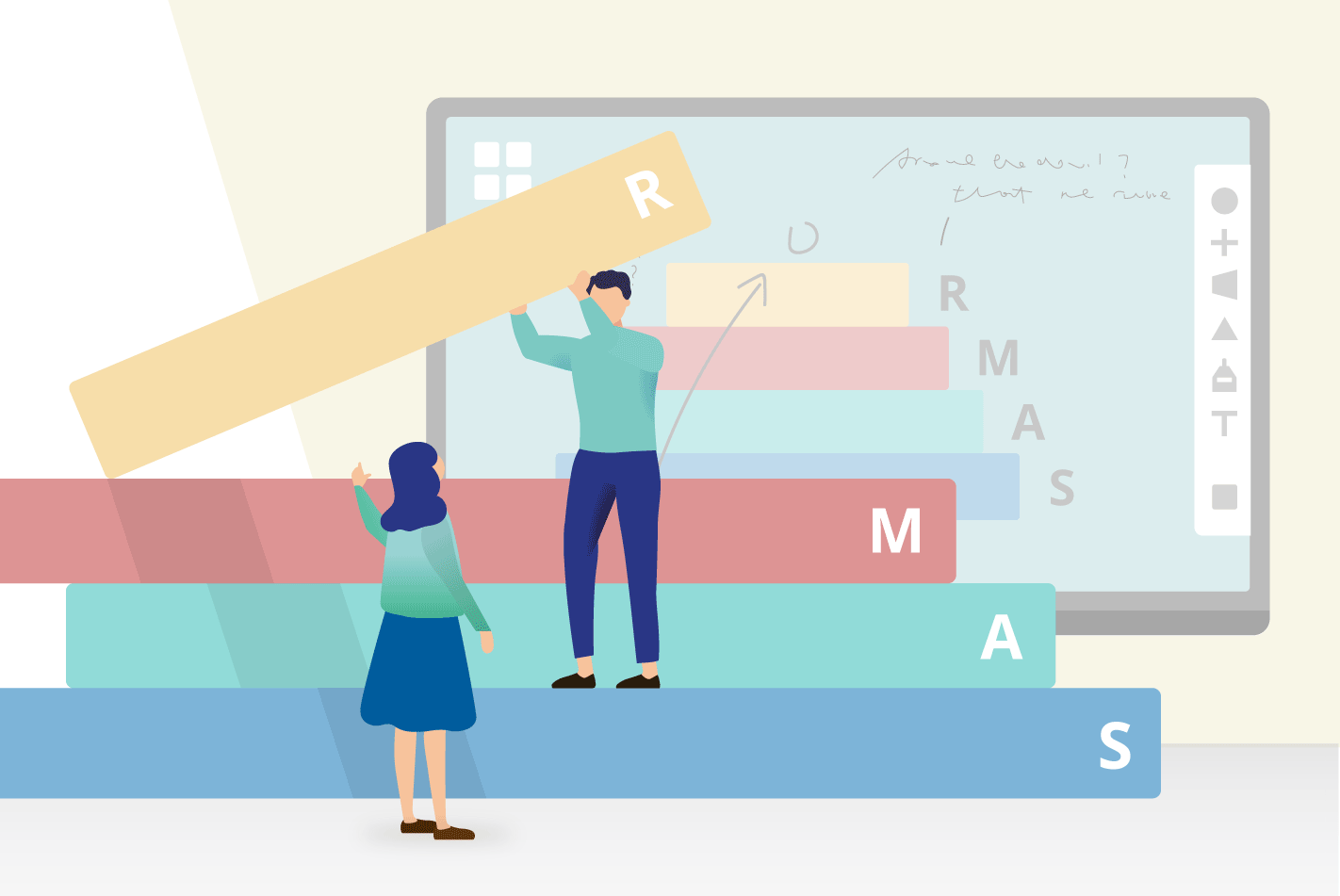Technology has the potential to transform teaching and learning in the digital age. However, effective technology integration necessitates a methodical approach that goes beyond just replacing existing tools. SAMR is an instructional paradigm that gives educators a road map for transforming education through effective technology integration. In this blog post, we will look at the SAMR paradigm and how it enables educators to use technology to improve student learning experiences.
SAMR is an acronym that stands for Substitution, Augmentation, Modification, and Redefinition. It divides technology integration into four levels, each with a distinct level of transformative impact on teaching and learning.
Technology is employed as a direct substitute for traditional tools at the substitution level, with no significant changes to the learning task. Using word processing software instead of pen and paper, for example. While this level provides modest enhancement, it serves as a starting place for instructors to become acquainted with technology and its basic functions.
2.Augmentation
At the augmentation level, technology is used to enhance and improve traditional tasks. It improves the learning process's functionality. For example, using an online collaborative document editor to allow students to collaborate in real time. Augmentation improves efficiency and may increase student engagement.
3.Modification
Technology enables for major task redesign and opens up new options at the modification level. Educators use technology to rethink learning experiences and produce more meaningful and authentic assignments that were previously unthinkable. Students could, for example, make multimedia presentations, interactive simulations, or collaborate virtually. This level encourages deeper involvement and higher-order thinking skills.
4.Redefinition
The redefinition level is the most advanced stage of disruptive technology integration. It entails leveraging technology to fundamentally reimagine the learning activity and produce previously inconceivable new, innovative possibilities. For example, students could interact worldwide with peers, use virtual reality to solve actual real-world problems, or publish their work to a global audience. Redefinition provides pupils with new learning opportunities, encourages creativity, and prepares them for the digital world.



Hiç yorum yok:
Yorum Gönder